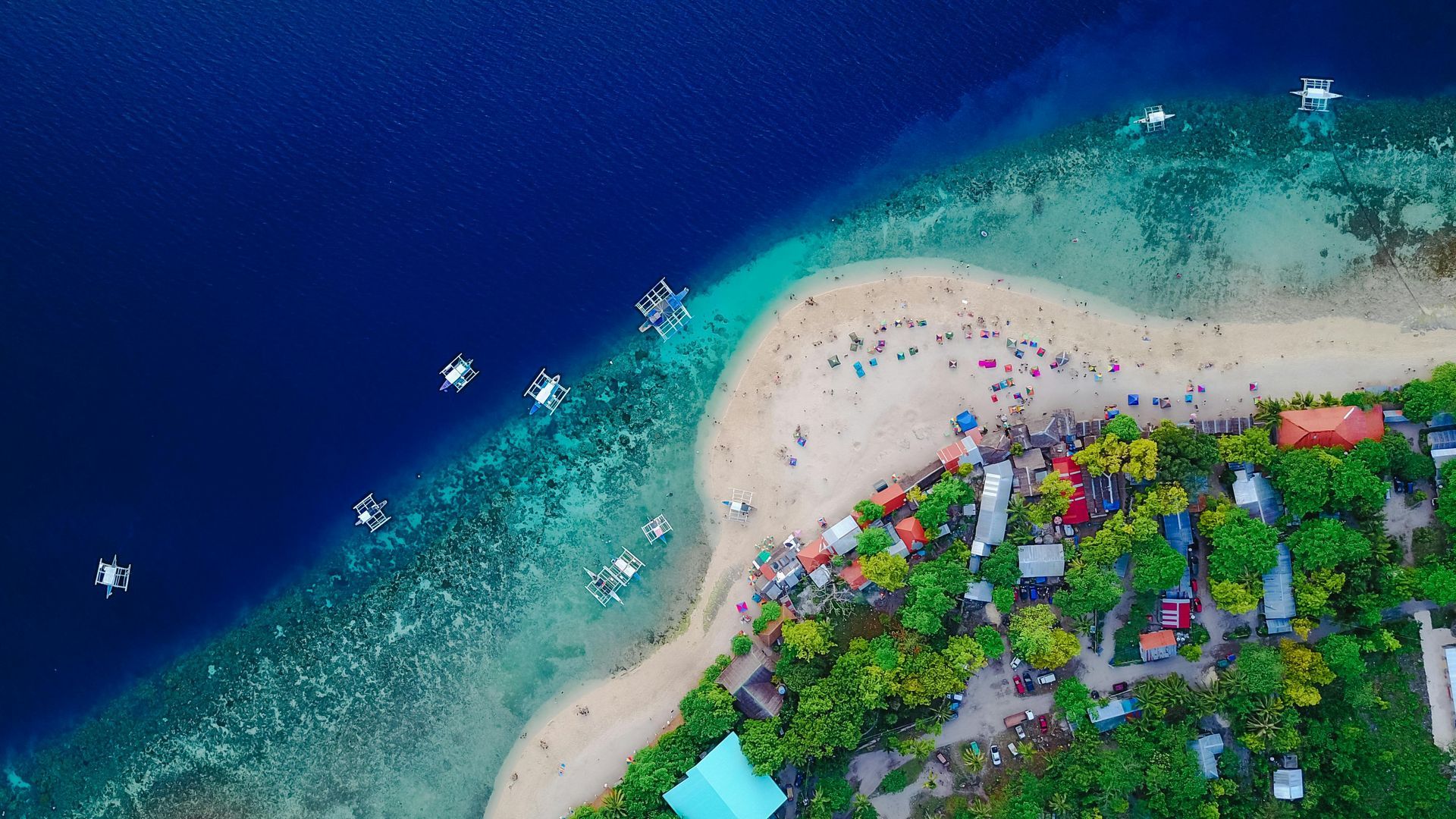Beyond the Boat: 10 Unforgettable Things to Do in Port Barton
🏝️ Discover Hidden Gems, Cultural Treasures, and Sustainable Adventures in Palawan’s Secret Paradise
Port Barton is often reduced to a single line in Palawan itineraries: "island-hopping gateway." But this rustic fishing village harbors a wealth of experiences far beyond its turquoise waters. While boat tours showcase stunning coastlines, the true soul of Port Barton lies in its jungles, communities, and slow-paced rhythm. Here’s how to explore beyond the boat and discover Port Barton’s hidden layers.
1. Trek to Pamuayan Waterfall via a Local’s Secret Path
Most guides mention the standard hike to Pamuayan Falls, but few reveal the alternate route starting from Sitio Lamane, a tribal settlement. This path winds through ancestral lands, offering glimpses of indigenous Iraya culture and medicinal plants.
- Why it’s unique: Learn from local guides about forest survival techniques, like identifying edible ferns (pako) and trapping wild boar .
- Practical tip: Hire a guide (₱200/$3.50) from Lamane village—not Port Barton—to support the community directly.
- Best time: July–October, when the waterfall flows powerfully but tourist numbers drop.
2. Join a Fisherman for a Dawn Pangulong (Traditional Net) Fishing Session
Forget snorkeling—experience the sea as locals do. Pre-dawn, fishermen at Port Barton Beach welcome visitors to help cast traditional circular nets (pangulong). It’s a hands-on lesson in sustainable harvesting.
- Why it’s unique: Rarely offered to tourists; includes a breakfast of freshly grilled catch on the beach .
- Keyword boost: "Traditional Filipino fishing experience Palawan."
- Ethical note: Confirm nets are mesh-regulated to avoid juvenile catch.
3. Explore the Abandoned Coconut Plantation on Boayan Island
Boayan Island isn’t just a snorkeling spot. Its interior hides a ghost plantation from the colonial era, where crumbling stone presses and overgrown groves tell stories of Palawan’s copra trade.
- Why it’s unique: No tours advertise this; rent a kayak (₱400/$7) and ask locals for directions to "lumang planta" (old factory) .
- Pro tip: Combine with a beach picnic at Secret Cove, accessible only during low tide.
4. Attend a Fiesta in a Nearby Barangay
Port Barton’s calendar is dotted with village fiestas honoring patron saints. These aren’t tourist events—think karaoke contests, street dancing, and lechon feasts.
- How to join: Ask homestay hosts like Ferranco Tourist Inn for invitations .
- Cultural insight: Bring a small gift (e.g., rice or sugar) for your host family.
5. Volunteer Tourism Palawan at a Sea Turtle Nesting Site
Between October–February, olive ridley turtles nest on beaches north of Port Barton. Conservation groups like Bantay Pawikan welcome volunteers for night watches and hatchling releases.
- Why it’s unique: Most visitors only see turtles on tours; this supports direct conservation .
- How to help: Email San Vicente NGO Network to arrange participation.
6. Master Filipino Cooking in a Home Kitchen
Move over, generic cooking classes. At Olive’s Crib Restaurant, the owner teaches kinilaw (ceviche) using mangrove vinegar and kalamansi, and adobo with foraged jungle herbs .
- Why it’s unique: Recipes are specific to Palawan’s indigenous ingredients.
- Cost: ₱500 ($9) includes market tour and meal.
- Keyword rich: "Authentic Filipino cooking class Port Barton."
7. Birdwatching in the Mangrove Forests of Bigaho
The Bigaho area isn’t just a waterfall stop—its mangroves are a sanctuary for Philippine cockatoos, hornbills, and kingfishers. Local boatmen offer silent paddleboard tours at sunrise.
- Why it’s unique: Rarely promoted; critical habitat for endangered species .
- Guide contact: Arrange via Bigaho Village Association (₱300/$5 fee).
- Best time: November–March for migratory birds.
8. Night Dive with Bioluminescent Plankton
While El Nido has crowded bio-tours, Port Barton’s Secret Lagoon (near German Island) glows year-round. Kayak tours post-sunset reveal water sparkling with neon-blue organisms.
- Why it’s unique: No commercial tours; arrange privately with boat captains .
- Photography tip: Use a tripod and long exposure for surreal shots. Bioluminescent kayaking Palawan hidden spot is also a unique experience.
9. Jungle Bar’s Hidden Yoga Platform
Jungle Bar is known for sunset drinks, but few climb further to its cliffside yoga deck, shrouded in treetops. Informal classes occur at dawn (donation-based) .
- Why it’s unique: Sweeping views of the bay and islands.
- How to find: From White Beach, take the left fork uphill for 10 minutes.
- Wellness angle: "Jungle yoga retreat Port Barton."
10. Plant a Mangrove with a Community Reforestation Project
Deforestation threatens Port Barton’s coasts. The Port Barton Marine Park initiative allows tourists to plant mangroves alongside fishermen, followed by a seafood lunch funded by donations.
- Why it’s unique: Offsets carbon footprint and prevents erosion .
- Logistics: Email [email protected] to join weekly plantings.
- Keyword: "Eco-volunteering Palawan mangrove restoration."
Practical Tips for the Deeper Traveler
1. Transport: Rent a bike (₱150/day) to explore inland trails .
2. Connectivity: Download Maps.me—Google Maps doesn’t cover jungle paths .
3. Respect: Avoid filming tribal communities without permission.
4. Seasonality: Visit November–February for cool, dry weather ideal for hiking.
Why Port Barton’s Future Depends on Conscious Travel
As El Nido grapples with overtourism, Port Barton faces a choice: replicate mass tourism or champion a community-led model. By choosing guides from Sitio Lamane, eating at family-run carinderias, and participating in conservation, you directly support sustainability. New infrastructure (e.g., San Vicente Airport) may bring change, but mindful travelers can help preserve Port Barton’s authenticity .
Final Thought
Port Barton’s magic isn’t just in its beaches—it’s in the stories whispered by jungle trails, the warmth of village fiestas, and the commitment of locals protecting their paradise. Venture beyond the boat, and you’ll find a Palawan few ever see.










